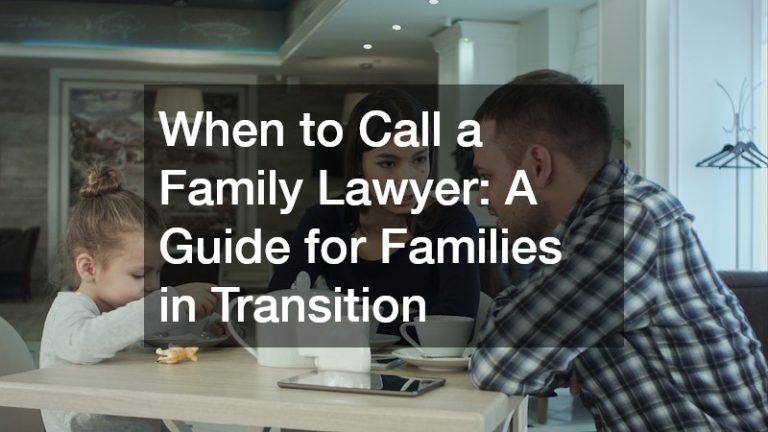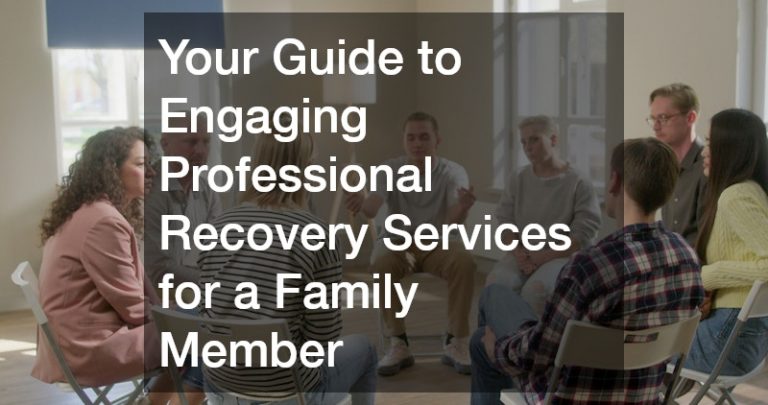Small businesses need to build an online presence if they want to market their brand and boost sales, and that starts with designing the website. People often decry tech as bland and lifeless, but website design is a great way to flex your creative muscle and further your brand. You can choose a playful design, or something more modern and minimalist. The possibilities are endless.
Of course, there are a few things you need to consider when designing your online store. While the overall look should reflect your brand identity and style preferences, there are a few rules you need to follow. And even if you don’t have the skills to make a website yourself, you can always ask for help from an SEO white-label specialist.
A good website is easy to understand, useful, and enhances the overall customer experience.
1. Keep it clean and simple
The home page (or any page for that matter) should instantly tell the user what you want to say. For instance, if you’re building an online store, then it should be designed with that in mind. Most people have a short attention span, and they won’t have the patience to read every word on the page. The typical Internet user scans the page and looks for any highlighted words or images. With that in mind, your website design should be clean, simple, and direct to the point.
The less content the page has, the faster visitors will be able to understand your intent. I’m not saying that you should design a stark white minimalist website with barely any useful content. But overloading your page with powerful imagery and blocks of text won’t do you or your business any good.
2. Place design elements in a logical manner

One of the fundamental principles of web design is visual hierarchy. How you arrange and present individual design elements influence the effectiveness of your website. If there’s no logic or order to the layout, your users will get confused as well. Meanwhile, a site that follows the principles of visual hierarchy is easier to navigate and understand.
Visual hierarchy is the prioritization of page elements, with the most important at the top. For instance, the best place to put your logo and business name is at the top of the page, since it establishes user expectations. The size and weight of the text also help improve visual flow. Use bold and large text to introduce sections of the site.
3. Write readable content
We naturally want to put our business in the best light possible, so you might be tempted to write paragraphs of text explaining your vision and purpose. However, few people possess the patience to read chunks of marketing copy. You want to write content that is easy to read, and that includes using everyday words and phrases.
Readability isn’t just about the brevity of the content, however. You also have to consider design factors such as contrast, font types, and letter sizes when planning written content for the page.
It’s one thing to read design tips online, but it’s another to apply these techniques to your website. Website design can be complicated at first, but don’t get disheartened if you don’t get it right the first time around. With a little bit of practice and research, you can design a website that will get you the traffic and conversions you need.











